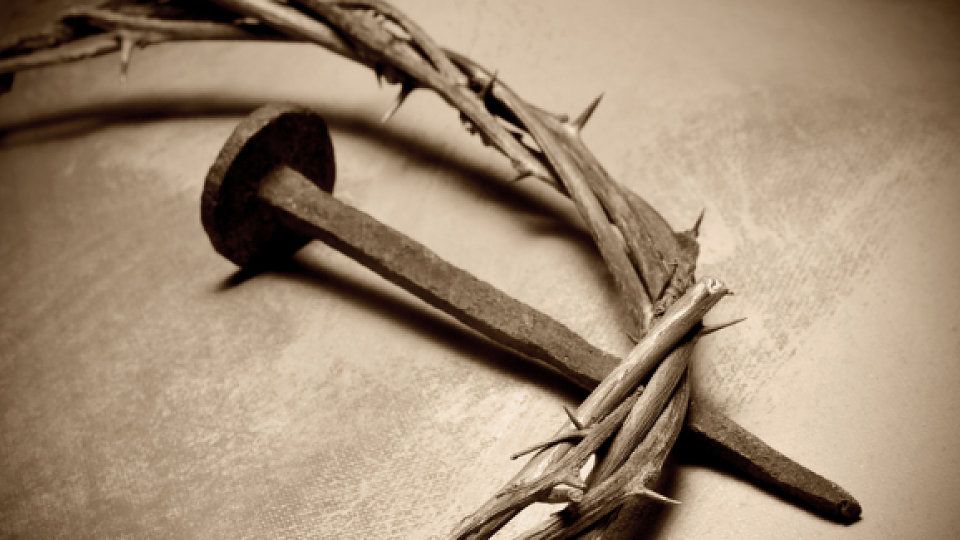The Piercing of Mary’s Soul

About fifteen years before Mary’s death, she watched her son die. It was the day we now call Good Friday, but to Mary there was nothing that seemed good about it as she stood at the foot of the cross where Jesus was being crucified. What was Mary thinking about as she waited and prayed for her son to die so his suffering might be ended? I believe she may have remembered Christmas and the things that had happened on the day Jesus was born. Was she thinking of how the shepherds came running into that cavernous place where she’d given birth among the animals? The shepherds said, “We’ve come to see the child, for an angel appeared to us and said, ‘I am bringing you good news of great joy for all the people: to you is born this day in the city of David a Savior, who is the Messiah, the Lord.’ Then a chorus of angels began to sing to us: ‘Glory to God in the highest heaven, and on earth peace among those whom he favors’” (Luke 2:10-11, 14). At the time, Mary had pondered these things in her heart. Now surely she remembered the angels’ words and wondered, How can this bloody cross possibly be good news? How could the death of my son bring peace? And what kind of Messiah and Lord submits to crucifixion at the hands of people who are so clearly evil? On that terrible day, how could Mary not have been contemplating the words spoken by an old man named Simeon when she took her baby to the Temple for the first time. Simeon held Jesus in his arms, then spoke words that she had often tried to forget: “This child is destined for the falling and the rising of many in Israel, and to be a sign that will be opposed so that the inner thoughts of many will be revealed—and a sword will pierce your own soul too” (Luke 2:34-35). Now, as Jesus hung on the cross, his hands and feet pierced, Mary finally understood what Simeon had meant. Her soul was being pierced by the sword of grief. Mary must have remembered all these things during that terrible six hours. Why do I believe that? Because the small details surrounding Jesus’ birth could only have made their way into our Gospels if Mary had passed them on to others. And if she had passed those details on to others, it would have been years after the death and resurrection of her son. In other words, the details of Christmas Day have come down to us for the same reason Mary would have remembered them at the cross—because they were vitally important. Making Sense of the Suffering For Mary, the hideous cross only made sense in light of the events surrounding Christmas. About thirty-three years before, Simeon had said Mary’s soul would be pierced. His words meant that somehow God had known Jesus would be crucified and had had a plan to use Jesus’ suffering. Christmas and Calvary are a package deal. Our family has a Christmas ornament that is the first one we place on the tree every year. It’s a spike, about the size and shape of the Roman spikes used to crucify Jesus. It hangs near the trunk of our tree, where most guests who walk into our home will never see it. But we know it’s there. We put it on our tree first because it reminds us of why we celebrate Christmas: unto us is born a Savior who is Christ the Lord. It’s the same reason we celebrate Christmas with red poinsettias, reminding us of the blood that flowed and the sacrifice that was made that day on Calvary. Today’s post is an excerpt from Not a Silent Night.